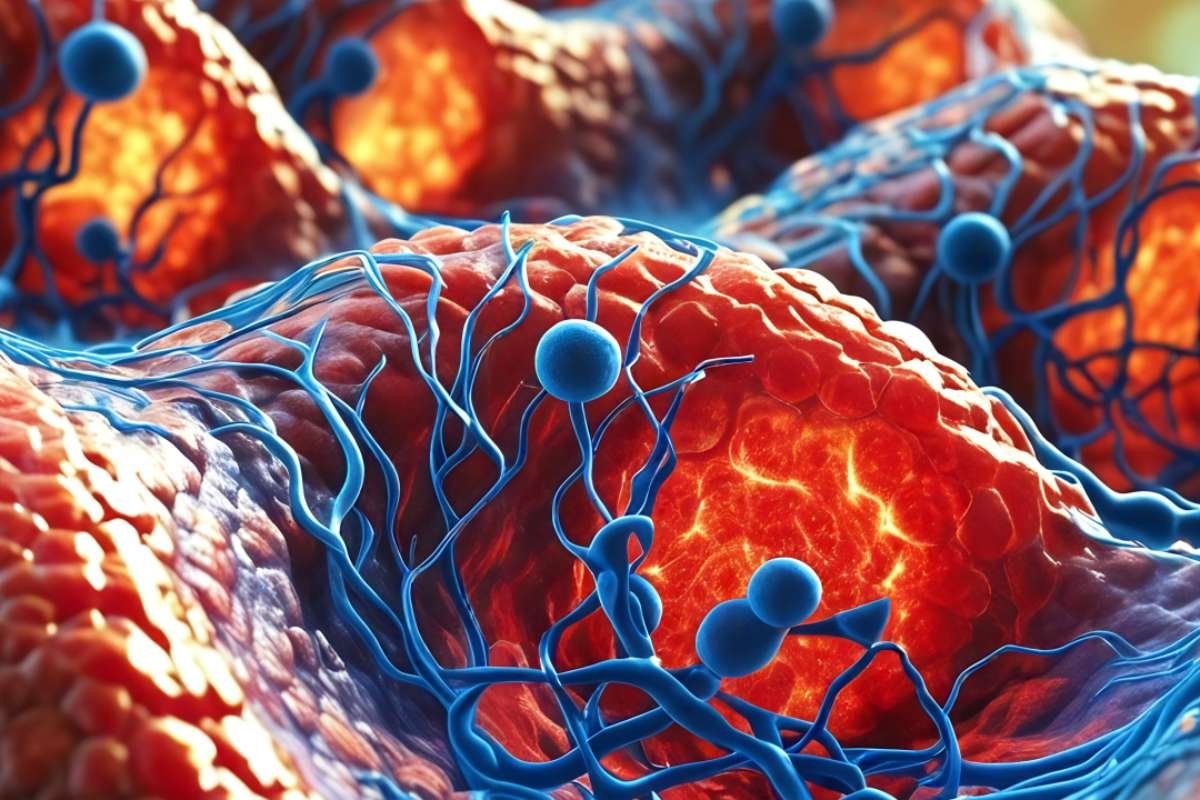Lactose intolerance is a widespread condition that affects individuals worldwide. Despite its prevalence, there are often misconceptions and confusion surrounding this digestive disorder. In this comprehensive guide, we will delve deeper into lactose intolerance, exploring its causes, symptoms, diagnosis, management strategies, and tips for living well with this condition.
Understanding Lactose Intolerance:
Lactose intolerance occurs when the body lacks the enzyme lactase, which is needed to digest lactose, the sugar found in milk and dairy products. Without sufficient lactase, lactose remains undigested in the digestive tract, leading to symptoms such as abdominal pain, bloating, gas, diarrhea, nausea, and vomiting.
Causes:

- Primary: This is the most common form of lactose and occurs when the body produces less lactase with age. Many individuals begin to experience symptoms of lactose intolerance in adolescence or adulthood.
- Secondary: Secondary lactose intolerance can develop as a result of conditions that damage the small intestine, such as celiac disease, Crohn’s disease, or gastroenteritis. In these cases, lactase production may be temporarily reduced until the underlying condition is treated.
- Congenital Lactase Deficiency: This rare genetic disorder results in a complete absence of lactase from birth, leading to severe lactose intolerance from infancy.
Symptoms:
The symptoms of it can vary in severity and may include:
- Abdominal pain and cramps
- Bloating
- Gas
- Diarrhea
- Nausea
- Vomiting These symptoms typically occur within 30 minutes to two hours after consuming lactose-containing foods or beverages.

Diagnosis:
Diagnosing it often involves a combination of medical history, physical examination, and diagnostic tests, including:
- Lactose Tolerance Test: This test involves consuming a lactose-containing beverage and measuring blood glucose levels at regular intervals to assess how well the body digests lactose.
- Hydrogen Breath Test: In this test, the individual consumes a lactose solution, and breath samples are collected at regular intervals to measure the amount of hydrogen gas produced by bacteria in the colon as they ferment undigested lactose.
- Stool Acidity Test: This test is primarily used to diagnose it in infants and young children. It involves analyzing the acidity of the stool after consuming lactose.
Management:
While there is no cure for lactose intolerance, several strategies can help manage symptoms and ensure adequate nutrition:
- Dietary Modifications: Avoiding or limiting lactose-containing foods and beverages is the most effective way to manage it. Many lactose-free or lactose-reduced alternatives are available, including dairy-free milk, cheese, yogurt, and ice cream.
- Lactase Supplements: Over-the-counter lactase enzyme supplements can be taken with meals containing lactose to aid digestion.
- Gradual Reintroduction: Some individuals may find that they can tolerate small amounts of lactose-containing foods without symptoms. Gradually reintroducing these foods into the diet can help identify individual tolerance levels.
- Nutritional Counseling: Working with a registered dietitian or nutritionist can help individuals develop a balanced diet that meets their nutritional needs while avoiding lactose-containing foods.
- Calcium and Vitamin D Supplementation: Since dairy products are a primary source of calcium and vitamin D, individuals with lactose intolerance may need to supplement these nutrients to maintain bone health.

Living Well It:
Living with lactose intolerance may require some adjustments to dietary habits, but it is entirely possible to lead a healthy and fulfilling life with this condition. Here are some tips for living well with it:
- Experiment with lactose-free and lactose-reduced alternatives to find suitable replacements for your favorite dairy products.
- Read food labels carefully to identify hidden sources of lactose in packaged foods and beverages.
- Consider alternative sources of calcium and vitamin D, such as fortified non-dairy milk, leafy greens, nuts, and seeds.
- Be mindful of your individual tolerance levels and avoid consuming large quantities of lactose-containing foods in one sitting.
- Keep track of your symptoms and dietary choices in a food diary to identify patterns and triggers.
Conclusion:
Lactose intolerance is a common digestive disorder that affects individuals of all ages. While it can cause discomfort and inconvenience, especially after consuming lactose-containing foods, it is entirely manageable with dietary modifications, enzyme supplements, and nutritional counseling. By understanding the causes, symptoms, diagnosis, and management of lactose intolerance, individuals can take control of their health and well-being, leading to improved quality of life. If you suspect you may have lactose intolerance, consult with a healthcare professional for proper diagnosis and personalized treatment recommendations. With the right approach and support, you can master it and thrive.










